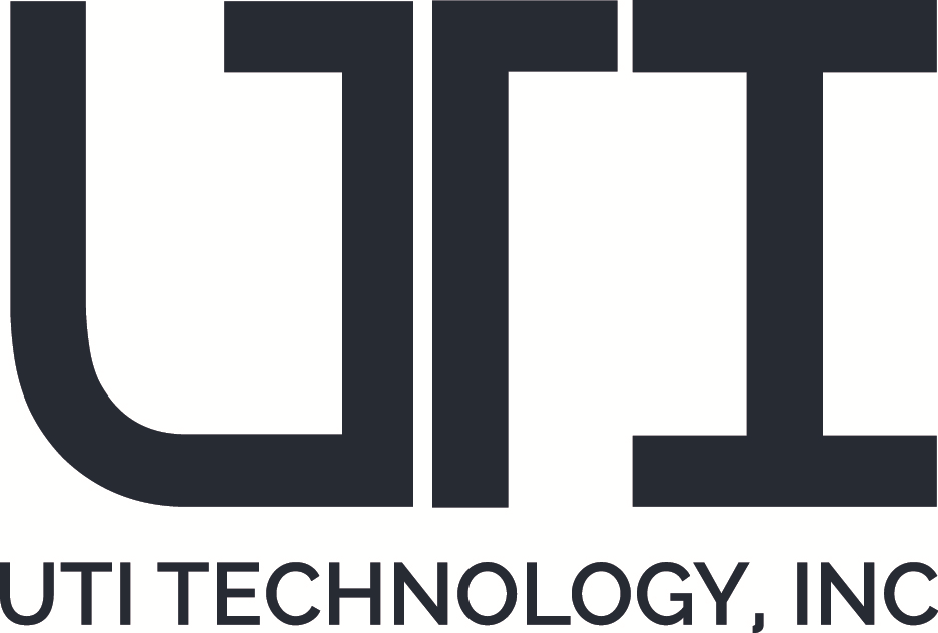Reliability & Service
Offering the Highest Standards in Reliability and Service
Our selection of certified production facilities allows UTimages to achieve and maintain high standards of product reliability and ruggedness while maintaining a short product development cycle.
A few of our partners are able to perform vibration, drop, thermal and dry heat, EMC and EMI tests, and susceptibility, all in-house. This allows us to pass down the advantage of speed and quality.
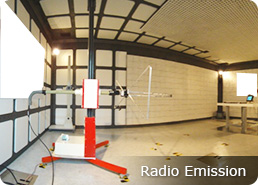
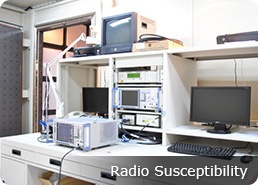
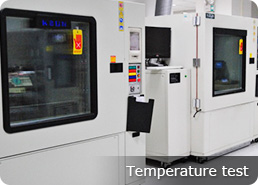
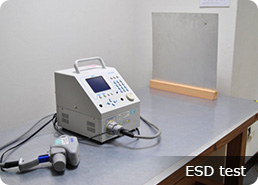
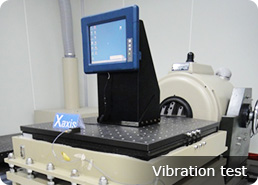
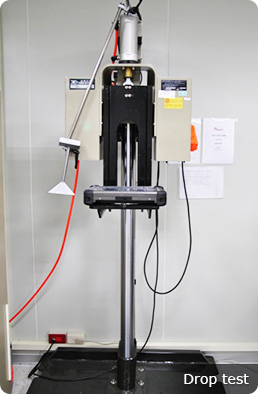
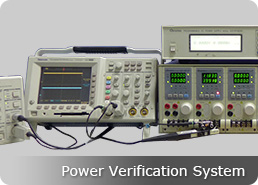

MIL-STD810G
The MIL-STD-810G test series are approved for use by all departments and agencies of the United States Department of Defense (DoD). MIL-STD-810G addresses a broad range of environmental conditions that include: low pressure for altitude testing; exposure to high and low temperatures plus temperature shock (both operating and in storage); rain (including wind blown and freezing rain); humidity, fungus, salt fog for rust testing; sand and dust exposure; explosive atmosphere; leakage; acceleration; shock and transport shock; gunfire vibration; and random vibration. The standard describes environmental management and engineering processes that can be of enormous value to generate confidence in the environmental worthiness and overall durability of a system design.
| MIL-STD-810G Method 501.4 | High Temperature |
| MIL-STD-810G Method 502.4 | Low Temperature |
| MIL-STD-810G Method 506.4 | Rain / Water Resistance |
| MIL-STD-810G Method 507.4 | Humidity |
| MIL-STD-810G Method 514.5 | Vibration |
| MIL-STD-810G Method 516.5 | Shock |
| MIL-STD-810G Method 503.4 | Temperature Shock |
| MIL-STD-810G Method 500.4 | Low Pressure |
MIL-STD461E/F
MIL-STD-461 is a United States Military Standard that describes how to test equipment for electromagnetic compatibility. Specifically, MIL-STD 461F details testing specification to ensure the conducted emissions (CE), conducted susceptibility (CS), radiated emissions (RE), and radiated susceptibility (RS) of a system can meet the requirements for the control of electromagnetic interference.
| MIL-STD-461 Method - CE101 / CE102 | Conducted Emissions |
| MIL-STD-461 Method - CS101 / CS106 / CS109 / CS114 / CS115 / CS116 | Conducted Susceptibility |
| MIL-STD-461 Method - RS101/RS103 | Radiated Susceptibility |
| MIL-STD-461 Method - RE101 / RE102 | Radiated Emissions |
Test Items:
. CE102
. RE102
RE102 Test Frequency Range: 30MHz to 1GHz

RE102 Test Frequency Range: 1GHz to 18GHz

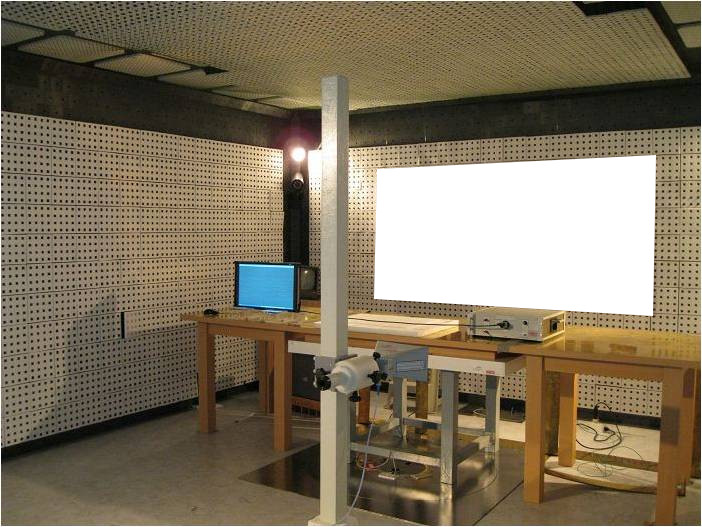
We have proven our Military Grade Console Display/ Panel PC product series reach the requirements of ruggedness by doing the environment testing of MIL-STD 810G and MIL-461 qualifications. Which enables our Military Grade product series against Extreme conditions (temperature, shock, vibration, humidity, EMI...). The following is to provide testing details of Military Standards.
Testing Environment: Part A– MIL-STD 810G
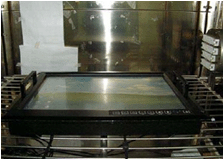
Referring to testing Methods 500.5
Procedure II 4,572m (15,000ft)for Cabin altitude.

Referring to testing Methods 501.5 Procedure II
Basic Hot Cycle 30 to 63 °C
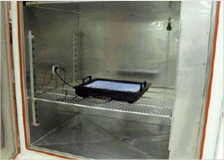
Referring to testing Methods 502.5 Procedure II
Basic Cold Cycle 25 to -33 °C
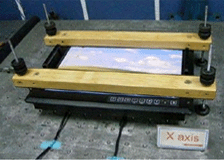
Referring to testing Methods 514.6 Procedure I
Frequency: 5~500 Hz, Impact Acceleration 1.48 & 1.90 & 2.24Grms

Referring to testing Methods 503.5Procedure I
Single Cycle Shock -33 to 63 °C

Referring to testing Methods 507.5 Procedure II
Relative Humidity 55±20%RH
Testing Environment: Part B– MIL-STD 461
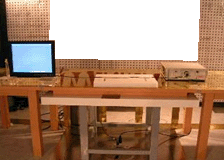
RE102 Test
Referring to testing Method of RE102
Electric field shall not be radiated over 30 MHz

CE101 Test
Referring to testing Method of CE101
Conducted Emissions, Power leads 30 Hz to 10 Hz
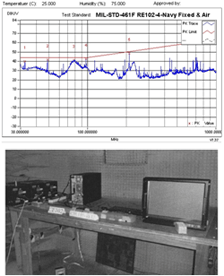
CE102 Test Referring to testing Method of CE102 Radiated Emissions, Electric Field 10kHz to 18GHz
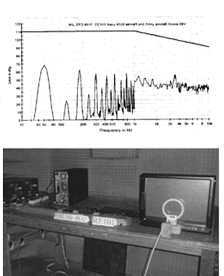
RE101 Test Referring to testing Method of RE101 Radiated Emissions, Magnetic field 30Hz to 100 kHz


Water/Dust IP Resistant
We provide various levels of mechanical IP dust & water resistant design and offer ruggedized industrial flat panel LCD displays. These Ruggedized LCD products are also designed for Operational Excellence, shock and vibration tolerance, survival of high temperature, and corrosive environments. External materials like dust/ water can be very destructive to any type of equipment over time.
Anti-Vibration/Shock
Following the different demands of anti-shock and vibration in all different kinds of applications, we can provide different grades of shock or vibration standards for our product range. With the choice of high tech materials such as butyl rubber, ENR, high damping silicone and SBR and the right mechanical design, we ensure the compliance of the required testing standards. The keep from the damage from vibration and shock in transportation, suitable packing way is also taken into consideration.
Wide Temperature Range
Our selected Mitsubishi Electrics TFT-LCD modules are designed to deliver optimum performance over a wide range of temperatures (Panel operating temp. from -20 to 70 degrees C) in order to accommodate for diverse industrial applications such as outdoor Kiosks in winter and summer.
With our heater electronic control mechanism with temperature sensors, the heater control board can control the heater on or off and then regulate the internal system temperature change.
Sunlight Readable
Transflective LCD modules hold both transmissive and reflective properties, and the method of image display depends upon the conditions of the ambient environment. The display uses a backlight with a transmissive property in dark environments, and uses external light with a reflective property in bright environments. Our improved transflective method allows for better color performance, which provides excellent color characteristics similar to the transmissive mode.
Hyper Dimming
Under some specific user conditions, it will require that the monitor can be adjusted to lower brightness level than normal. The "Hyper Dimming" technology provides the wider brightness adjustment level combined with excellent appearance to meet the dim-to-black requirement. The high sensitivity of fully adjustable backlight control makes the product ideal for day and night environment.
Anti-Corrosion
Corrosion is a degradation of materials' properties caused by chemical reaction with their environments. For example, the corrosion of iron is due to interact by oxygen and water to produce rust. Winmate's proven methods of dealing with corrosion prevention include: Selection of material, design of special enclosure, chemical conversion coating treatments on surface, and applying anodizing (anodic oxidation).
